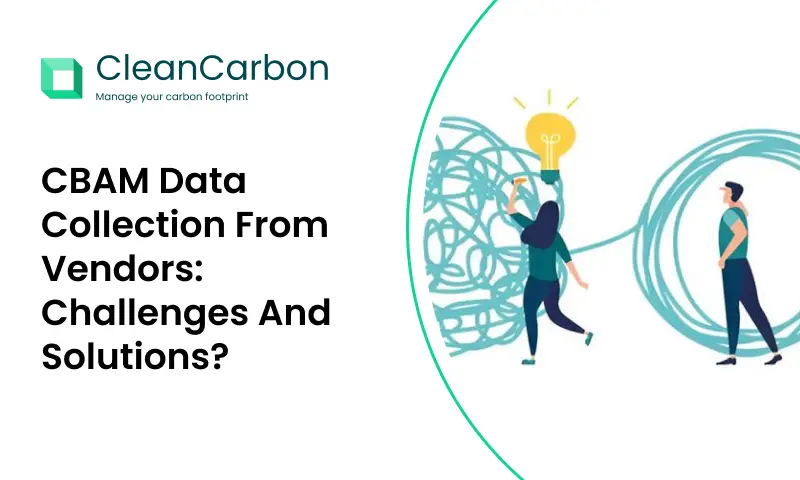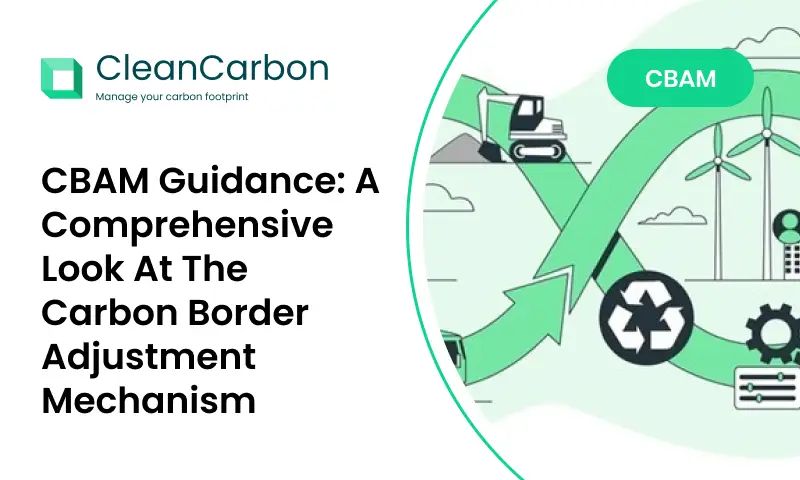CBAM: A global Game-Changer
The Carbon Border Adjustment Mechanism (CBAM) represents an innovative EU initiative designed to combat carbon leakage, which occurs when companies shift production to areas with more lenient environmental regulations. As CBAM is implemented, its influence across different industries is becoming more evident.
Industry-Specific Impacts
- Steel: The steel industry is one of the most energy-intensive sectors and faces significant CBAM costs. However, companies with advanced technologies and efficient production processes can gain a competitive edge.
- Cement: Similar to steel, the cement industry is energy-intensive and faces substantial CBAM costs. Investments in alternative fuels and energy-efficient technologies are crucial for mitigating these impacts.
- Chemicals: The chemical industry’s exposure to CBAM varies depending on the specific products and production processes. Companies producing high-carbon products may face significant challenges, while those focused on low-carbon alternatives can benefit.
Case Studies of Successful CBAM Implementation
- European Steelmaker: A leading European steelmaker has successfully implemented CBAM strategies by investing in energy-efficient technologies and procuring low-carbon electricity. These measures have helped the company reduce its carbon footprint and mitigate the impact of CBAM.
- Nordic Cement Producer: A Nordic cement producer has achieved positive outcomes by transitioning to alternative fuels, such as biomass and waste-derived fuels. This shift has not only reduced the company’s carbon emissions but also provided economic benefits.
Challenges and Opportunities for Businesses
- Cost Increases: CBAM can lead to increased costs for businesses, particularly those operating in energy-intensive sectors. However, by implementing efficient strategies and investing in innovative technologies, companies can mitigate these costs.
- Competitive Advantages: CBAM can create opportunities for businesses with low-carbon production processes. By demonstrating their environmental credentials, these companies can attract customers and gain a competitive advantage in the global market.
- Technological Innovations: The implementation of CBAM can drive technological advancements in carbon capture, utilization, and storage (CCUS), renewable energy, and energy efficiency. Businesses that embrace these innovations can position themselves for long-term success.
Conclusion
CBAM is a significant policy development with far-reaching implications for various industries. While it presents challenges, it also offers opportunities for businesses to innovate and become more sustainable. By understanding the impact of CBAM and implementing effective strategies, companies can navigate this evolving landscape and thrive in the global market.






